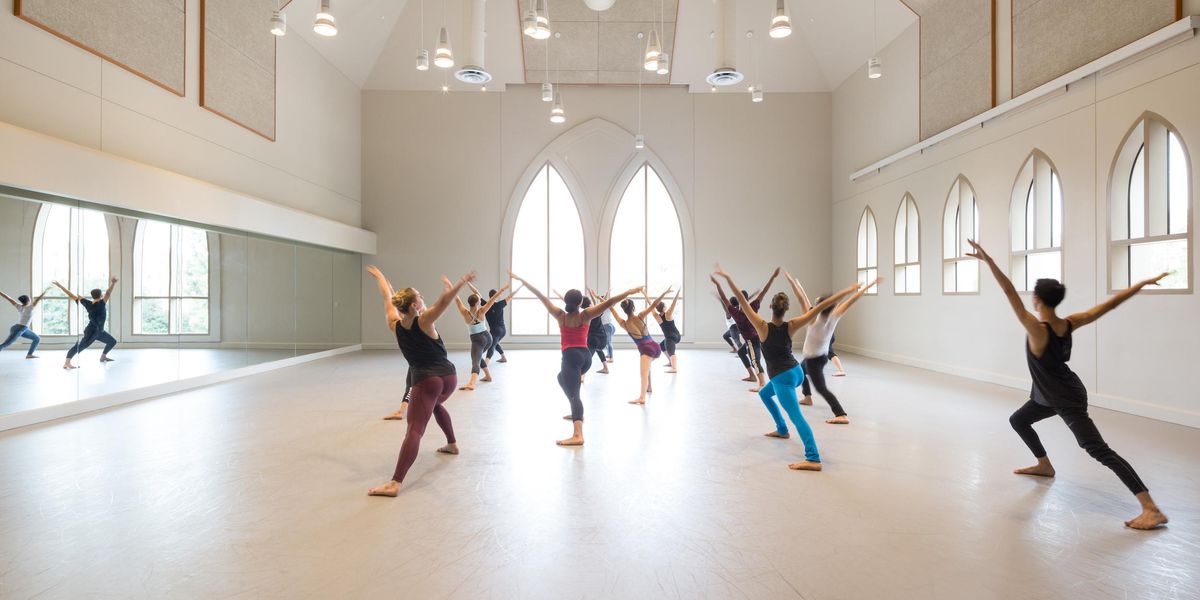CubaCaribe Festival of Dance and Music
Dance Mission Theatre, San Francisco, CA
Laney College, Oakland, CA
April 18–29, 2012
Performances reviewed: Apr. 20 & 29
San Francisco’s CubaCaribe Festival, in its eighth year, has become a mini ethnic dance event, celebrating the subcultures of the African Diaspora from Peru to Brazil, Puerto Rico to Cuba. This year’s appropriately named “Poder Popolar” (Popular Power) offered glimpses of dance that might be found in clubs, community halls, town plazas, or rituals. Sometimes the popular origins of these richly varied dances floated on the surface; at other times, original impulses had been distilled into sophisticated theatrical expressions.
The first weekend focused on a potpourri of dance companies and styles; the second week offered choreography by the festival’s artistic director Ramon Ramos Alayo, who had trained in folkloric as well as modern dance in Cuba.
Despite clear differences, these dances overlap in many ways, not so much in the specifics but in the common ground that has nurtured them. The festival showcased work that made generous use of the whole body an favored communal over individual expression.
The sense of women celebrating power and conviviality wafted through the first week’s program with a proto-feminist perfume. Cunamacue’s trio of women, in jaunty straw hats, opened the two-week run with the Afro-Peruvian Zamacuaeca, sometimes a courting dance, here an exuberant celebration of the female pelvis with a kerchiefs tied around the hips to outline its shape. A sextet of Las Que Son’s women delighted the audience in a takeoff on mid-century cabaret dancing, sexily partnering each other and red chairs. Attaching a sequined half-skirt to one leg of a pair of shorts, however, made for odd-looking costumes.
Also going back to gentler times in Cuba was Las Puras Dance Company, whose women performers ranged from highly proficient to very good social dancers. Theirs was a high-spirited MamboCha which, despite its simple linear pattern, called for rhythmic acuity and an ability to twirl silver canes. The Arenas Dance Company’s Ciclo Palo Makuto was a celebratory dance whose relaxed use of space also included sharply individualized solos. Two athletic men periodically were invited for erotic encounters, only to be sent on their way.
The program also offered traces of narratives. The Afro-Brazilian Aguas de Oxalà, inspired by Candomblé practices, had a group of white-clad women with rhythmically flowing torsos clean the ground to welcome and embrace a father figure—a bent-over older man with a younger companion. Among the darkest dances were Grupo Experimental’s Masun, which was followed by the fierce, chaotic fire dance, Petro. In Masun, a sunglasses-wearing Gede, a god of the underworld, awakened ghoulish-looking zombies for an aggressively erotic dance, apparently intended to encourage procreation.
Uncomplicated emotions, intricately choreographed, came by way of a suite of bomba dancing from Puerto Rico’s Aguilera, perhaps a festival favorite. In a delicious rueda to salsa music from Rueda Con Ritmo, two men simultaneously partnered up to three women. Despite its steadily accelerating changes, the dance remained pristine, lacily intricate, and so much fun to watch.
A week later, the Alayo Dance Company ended the festival with the ambitious Oil and Water, inspired by the BP oil spill. Alayo shaped this dramatic (but only partially cogent) piece in terms of strong female Orisha dances combined with weighty, rather old-fashioned modern dance. You absolutely believed that this fierce Yemaya’s powerful shoulders and arms and huge spiraling turns (belonging to Susanna Arenas Pedroso) could churn up whole oceans. Shelly Davis and Alain Soto, as the new man and woman, needed more time to effectively realize the overload of sculptural configurations that the choreography demanded. The excellent live music, particularly from lead singer Yagbe Onilu and a trio of women, also outstripped the quality of Alayo’s overly simplistic visual design.
Photo by Nathan Rappaport, courtesy CubaCaribe. Susana Arenas of Arenas Dance Company.




